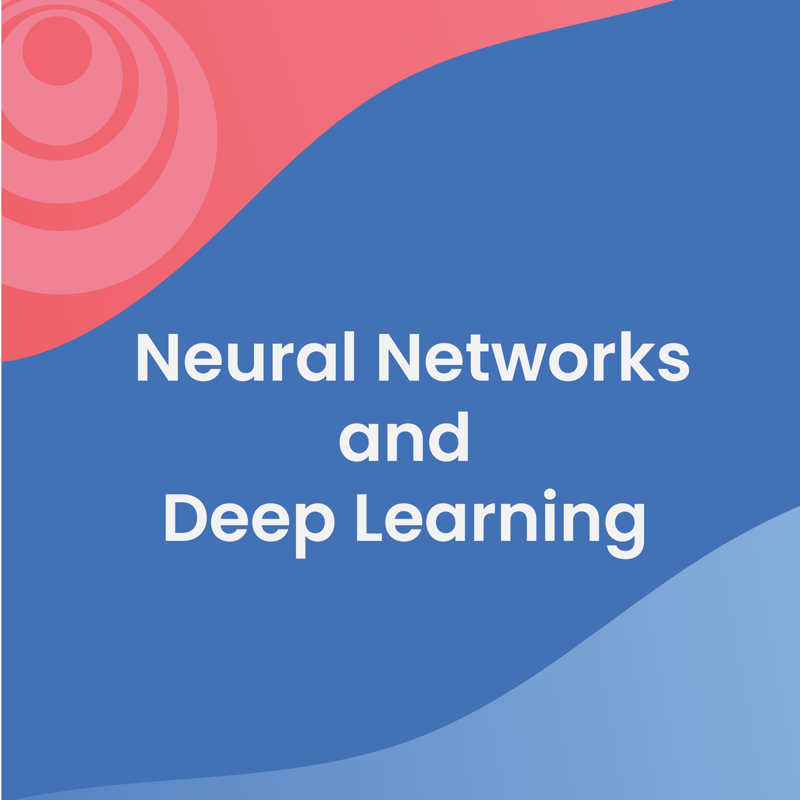Course overview
- Provider
- Coursera
- Course type
- Free online course
- Level
- Beginner
- Deadline
- Flexible
- Duration
- 17 hours
- Certificate
- Paid Certificate Available
- Course author
- Eric Siegel
-
Participate in the application of machine learning, helping select between and evaluate technical approaches
Interpret a predictive model for a manager or executive, explaining how it works and how well it predicts
Circumvent the most common technical pitfalls of machine learning
Screen a predictive model for bias against protected classes – aka AI ethics
Description
Machine learning. Your team needs it, your boss demands it, and your career loves it. After all, LinkedIn places it as one of the top few "Skills Companies Need Most" and as the very top emerging job in the U.S.If you want to participate in the deployment of machine learning (aka predictive analytics), you've got to learn how it works. Even if you work as a business leader rather than a hands-on practitioner – even if you won't crunch the numbers yourself – you need to grasp the underlying mechanics in order to help navigate the overall project. Whether you're an executive, decision maker, or operational manager overseeing how predictive models integrate to drive decisions, the more you know, the better.
And yet, looking under the hood will delight you. The science behind machine learning intrigues and surprises, and an intuitive understanding is not hard to come by. With its impact on the world growing so quickly, it's time to demystify the predictive power of data – and how to scientifically tap it.
This course will show you how machine learning works. It covers the foundational underpinnings, the way insights are gleaned from data, how we can trust these insights are reliable, and how well predictive models perform – which can be established with pretty straightforward arithmetic. These are things every business professional needs to know, in addition to the quants.
And this course continues beyond machine learning standards to also cover cutting-edge, advanced methods, as well as preparing you to circumvent prevalent pitfalls that seldom receive the attention they deserve. The course dives deeply into these topics, and yet remains accessible to non-technical learners and newcomers.
With this course, you'll learn what works and what doesn't – the good, the bad, and the fuzzy:
– How predictive modeling algorithms work, including decision trees, logistic regression, and neural networks
– Treacherous pitfalls such as overfitting, p-hacking, and presuming caus




